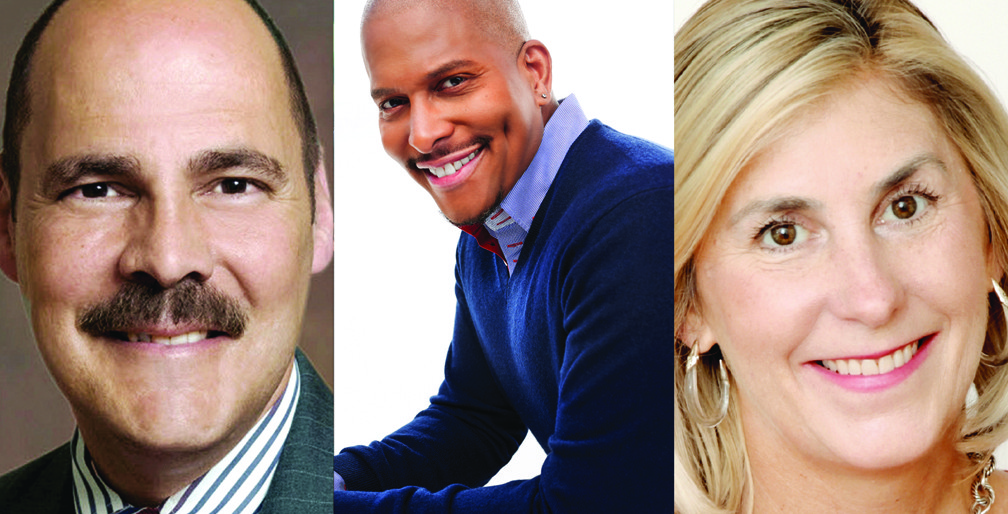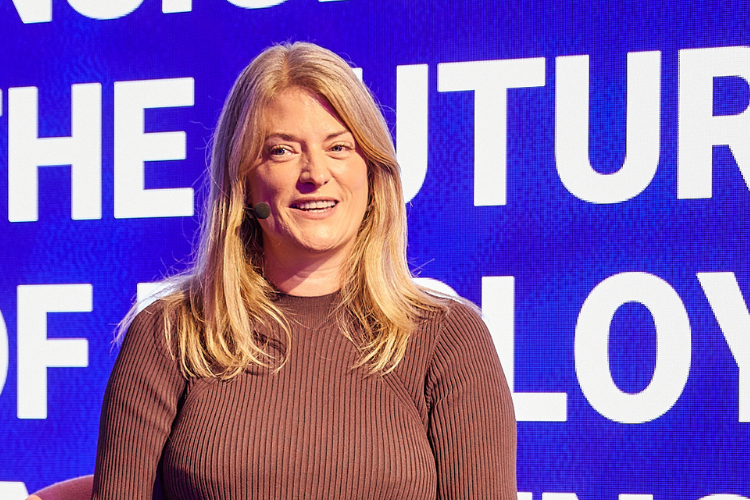Going Beyond the Pie Graph: Learn How to Achieve True Diversity and Inclusion
According to a slew of recent studies, 98% of U.S. corporations—as well as 86% European and nearly 60% of APAC corporations—have formally instituted programs to boost diversity and inclusion. However, when polled, a quarter of U.S. workers who identify as women, people of color, and members of the LGBTQ community indicate they receive little if any benefits from these programs. That’s a huge delta, especially when U.S. companies alone spend roughly $8B annually on diversity programs.
What accounts for the breakdown between adoption, investment, and results? According to Jesús Leal and Nathan Hale Williams, authors of True Diversity: Going Beyond the Pie Graph, corporations traditionally approach D&I from the wrong perspective.
“Companies frequently view the concept of diversity based solely on race and gender in order to easily illustrate that data on a pie graph,” says Mr. Leal, a Cuban immigrant and pharmaceutical industry executive whose inclusive worldview was shaped by seminal moments throughout his early life and career. “Unfortunately, checking numbers on a box seems to be the prevailing way to approach this concept, which is woefully one-dimensional.”
In their book, Mr. Leal and Mr. Williams seek to challenge conventional wisdom based on their concept of True Diversity, which is multidimensional and cannot be simply captured on a page or in a pie graph. In addition to race and gender, True Diversity views organizations through a diverse lens that accounts for dimensions of time (when someone was born), space (where someone was born) and something the authors call the Diversity Quotient, or “DQ.”
“We created a DQ fraction where the denominator captures factors affecting who you are, such as time, geographical location of where you were born, where you have lived, where you currently live, your socio-economic status, politics and policies that affect your day-to-day life, and other environmental factors that impact your worldview aside from race and gender,” says Mr. Leal. “In the numerator, you only include those factors where you experienced a direct interaction with and/or were significantly influenced by those factors.”
“True Diversity recognizes that these standard methods of measuring diversity in an organization have actually become constraints against identifying and fulfilling the power diversity offers.”
—Shideh Sedgh Bina, Insigniam Founding Partner
Ultimately, the authors’ goal is to expose inherent weaknesses in current models and to motivate companies to move beyond the graph. According to Mr. Williams—best known for his Cannes award-winning film, 90 DAYS, as well as a two-time NAACP Image Award nominee—companies can move the needle by leveraging a new approach to diversity and inclusion that goes beyond the balance sheet.
“One of the interesting things about True Diversity is that it accounts for diversity of thought, which normally isn’t captured on a pie graph,” says Mr. Williams. “For instance, a company could hire 10 women, but if they all represent that same socioeconomic background, or if they were all recruited from a small pool of Ivy League institutions, there’s actually very little in terms of real diversity that can be catalyzed.”
Top Down Diversity
For Mr. Leal and Mr. Williams, companies that aren’t moving toward a progressive and aggressive approach to diversity will find themselves left behind. Yet, in order to shift mindsets and begin conceptualizing an approach to building truly diverse teams that accelerate organizations forward, change starts at the top.
“The single most important factor in building an effective diversity strategy is the commitment of the leadership,” says Mr. Williams. “At the very top levels, a company’s executives and leaders need to understand the concept that diversity and inclusion is a strategic business decision, which requires more than enrollment. It requires real conviction.”

As chief executive officer of the Healthcare Businesswomen’s Association (HBA), a non-profit organization advancing women in healthcare, a sense of conviction permeates Susan O’Connor’s words.
“Diversity is a business imperative,” says Ms. O’Connor. “From my global C-suite experience at Pfizer, the best practices to advance the corporate diversity and inclusion strategy are through employee resource groups (ERGs), executive team sponsorship and data-driven accountability through incentives. There is a foundational organic culture of diversity that goes beyond the numbers and the pie chart.”
ERGs of like-minded colleagues, with common values facing the same challenges, mutually support and develop one another at a grassroots level to overcome systemic barriers for promotion. Employee resource groups “mirror society and collectively engage in community-based initiatives that drive real impact,” says Ms. O’Connor.
“Companies frequently view the concept of diversity based solely on race and gender in order to easily illustrate that data on a pie graph. Unfortunately, this concept is woefully one-dimensional.”
—Jesús Leal, Author True Diversity
The HBA’s Gender Parity Collaborative—formed in partnership with 15 corporate entities—was created to drive data-driven accountability from a healthcare industry perspective. Analyzing data globally and regionally by level and function helped each partnering company develop actionable plans to advance women. Companies in the collaborative gained insights and compatible data that led to unprecedented breakthrough results. From 2018 to 2020, representation of women at VP level and above grew by 27% versus a broader industry decline of 9%.
By letting go of the prevailing pie-chart mentality, Ms. O’Connor also envisions many positive ripple effects across the global healthcare ecosystem.
“A unique example in the gender equality space is The Women in Global Health collaboration with the WHO and the French government, which addresses underlying inequities in various systems to help women achieve their full potential,” she says. “This is a great illustration of where a holistic approach can spur meaningful solutions, both within healthcare and beyond.”
Catalyzing Cultural Intelligence
One of the most impactful ways to catalyze the strengths of D&I is to create culturally intelligent (CQ) management teams and workforces who can align with increasing cultural diversity of consumers and clients.
“By ingraining DQ into the hiring process, we can begin to develop teams with high CQ, which has been shown to boost corporate reputation, achieve better results in cross-cultural organizations and allows the company to adapt quickly to different environments,” says Mr. Leal, who is quick to offer examples of companies who “get it right.”
“One company that I see getting it right is Johnson & Johnson,” says Mr. Leal. “Their D&I focus is driven from the top by CEO Alex Gorsky, and in the company’s credo, J&J makes it clear that diversity and inclusion is a must and employees must feel free to communicate their ideas. The language itself is powerful, and it also leaves no question about J&J’s focus on creating an inclusive work environment where each person must be considered as an individual.”
Leal says D&I-focused businesses like Johnson & Johnson, Marriott and Mastercard not only seek to utilize diversity for innovation, improved market share and a competitive advantage, but also focus on building a workforce that reflects the diversity of the company’s customers.
But most importantly, both authors agree the time for action is now. “Gradually growing into a truly diverse workforce is a thing of the past,” says Mr. Williams. “Be active. Be aggressive. Be inclusive.”



